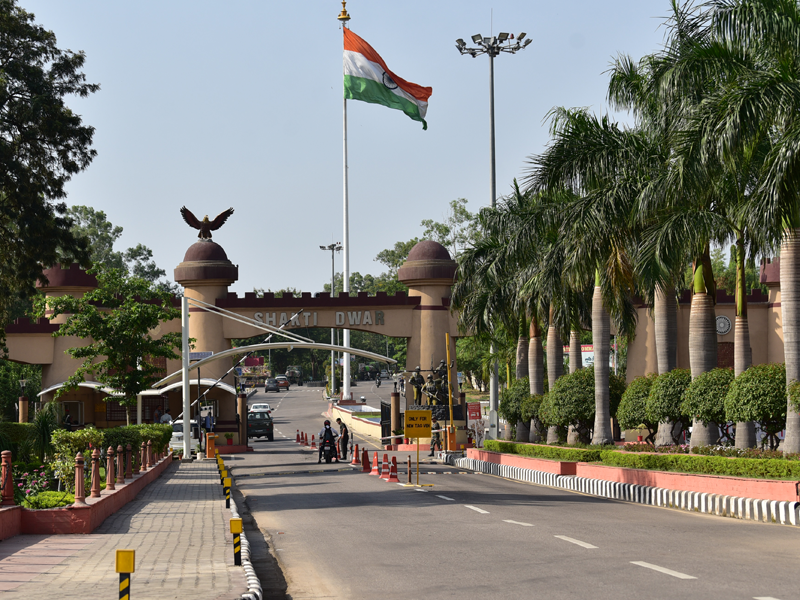The Union administration has begun a proposal to demolish the country’s 62 cantonments as “archaic colonial legacies.” Yol in Himachal Pradesh was the first cantonment to be called a military station.

What is the strategy?
- The objective is to carve out military sections in all cantonments and turn them into “exclusive military stations” with “absolute control” by the Army.
- In turn, civilian zones will be united with local governments, which will be responsible for their upkeep, among other things.
- After independence, the Army abandoned the notion of cantonments, owing to tensions between military and civilian administrations.
- However, some important cantonments remained. For example, Pune Cantonment, Agra Cantonment, and so on.
What exactly are cantonments?
- Cantonments are permanent military stations in India where a contingent of military soldiers is stationed for administrative functions.
- The Cantonments Act of 2006 governs these cantonments and allows for municipal administration and management of these territories.
- In India, there are 62 cantonments located in various states around the country.
- These lands are maintained by the Ministry of Defence’s Defence Estates Organisation (DEO) and are separate from military bases or barracks, which are temporary locations for military personnel.
- Cantonments are often thought to have better infrastructure and facilities than other sections of the country.
Their features
- Cantonment Boards are democratic entities with members that are elected and nominated.
- According to Entry 3 of the Union List (Schedule VII) of the Indian Constitution, the subject matter of the Union is urban self-government of cantonments and housing accommodation within them.
- The ex-officio President of the Board is the Station Commander of the Cantonment, and the Chief Executive Officer, who is also a Member-Secretary of the Board, is an officer of the IDES or Defence Estates Organisation.
- To balance official representation with democratic composition, they have equal representation of elected and nominated/ex-officio members.
- They preserve natural equilibrium while improving civic facilities for inhabitants.
Establishment history
- The British passed the Cantonments Act in 1924 to govern the municipal management of Cantonments.
- Following India’s independence, the Cantonments Act of 1924 was amended to reflect the country’s democratic structure.
- The Cantonments Act of 2006, which superseded the Cantonments Act of 1924, aims to provide Cantonment Boards more autonomy and accountability.
Categories
- Cantonments are classified into four types based on the amount of the population that lives within them:
- Cantonments with a population of more than 50,000 are classified as Category I.
- Cantonments with a population of 10,000 to 50,000 are classified as Category II.
- Cantonments with a population of less than 10,000 are classified as Category III.
- Industrial or training cantonments, regardless of population size, fall into Category IV.
Source: https://static.toiimg.com/photo/msid-64968275/64968275.jpg
